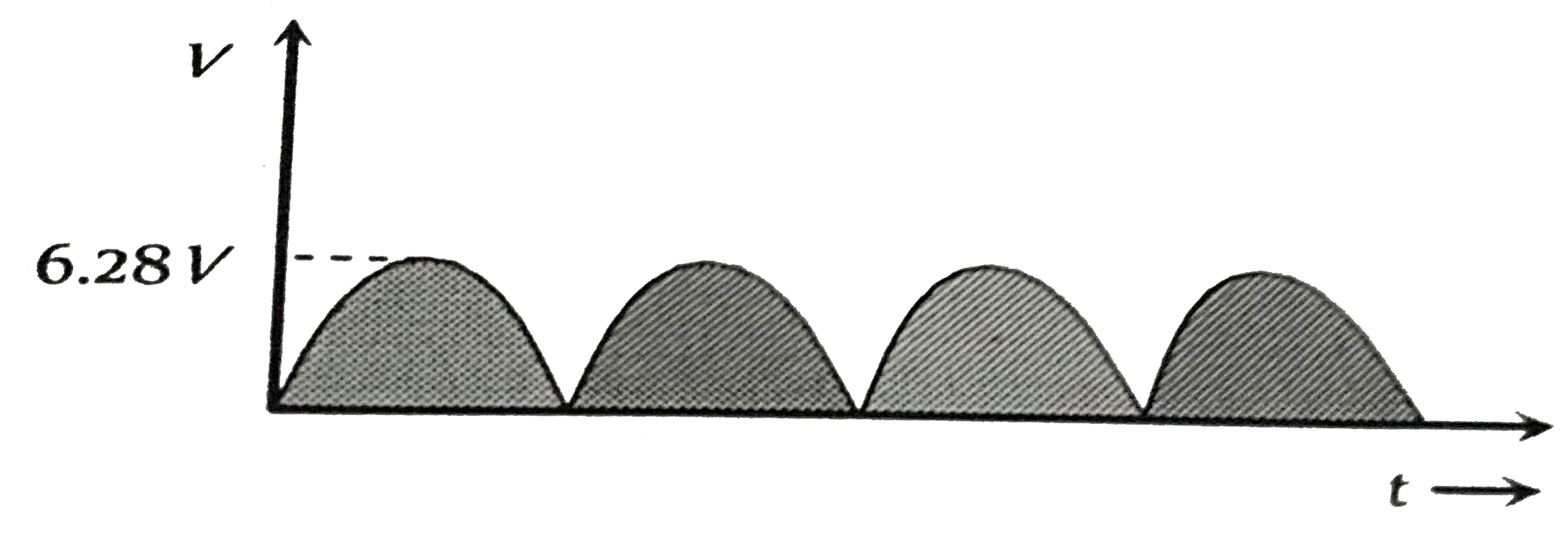A microphone which converts sound into electrical signal is an example of ……………...
a thermister
a rectifier
a modulator
an electrical transducer
The correct Answer is:d
an electrical transducer
Topper's Solved these Questions
- JULY 2018BOOK - GURUKUL PUBLICATION - MAHARASHTRA PREVIOUS YEAR PAPERSCHAPTER - JULY 2018EXERCISE - SECTION-II
21 Videos
- JULY 2017BOOK - GURUKUL PUBLICATION - MAHARASHTRA PREVIOUS YEAR PAPERSCHAPTER - JULY 2017EXERCISE - SECTION-I
12 Videos
- MARCH 2015BOOK - GURUKUL PUBLICATION - MAHARASHTRA PREVIOUS YEAR PAPERSCHAPTER - MARCH 2015EXERCISE - SECTION-II
21 Videos
Similar Questions
Knowledge Check
A microphone converts
Asound signals into electrical signalsBelectrical signals into sound signalsCboth (1) and (2) aboveDneither (1) nor (2)A device which converts chemical energy into electrical energy is called
Aelectrochemical cellBphoto cellCatomic cellDnone of theseMicrophone is used to convert
AElectrical energy into sound energyBSound energy into electrical energyCSound, 'energy into mechanical energyDSound energy into chemical energy
(i) Two sinusoidal wave are given as y1=a1sin(ωt+kx+δ) and y2=a2sin(ωt−kx). They superimpose.
(a) Calculate the resultant amplitude of oscillation at a position x. Is amplitude time dependent?
(b) Calculate the ratio of maximum and minimum amplitudes observed.
(ii) A speaker (producing a sound of a single wavelength l) and a microphone are placed as shown in the figure. The microphone detects the sound and converts it into electrical signal. This way we can obtain the waveform of the sound. Assume that there is no attenuation of the sound. The waveform detected by the microphone is sinusoidal with amplitude a. In one experiment 6 microphones are placed in front of the speaker with distance between two neighbouring microphones being d=5λ6
(a) he output from all the 6 microphones is superimposed. What is amplitude of the resultant?
(b) If large number of microphone are kept with separation L between two consecutive ones, how will the combined output change with L? Given that L≠nλ(n=1,2,3...........)

View SolutionDevice which converts mechanical energy to electrical energy
View SolutionDevice which converts mechanical energy to electrical energy
View SolutionWhich part of human ear converts sour vibrations into electrical signals:
View SolutionFor given electric voltage signal dc value is

View Solution